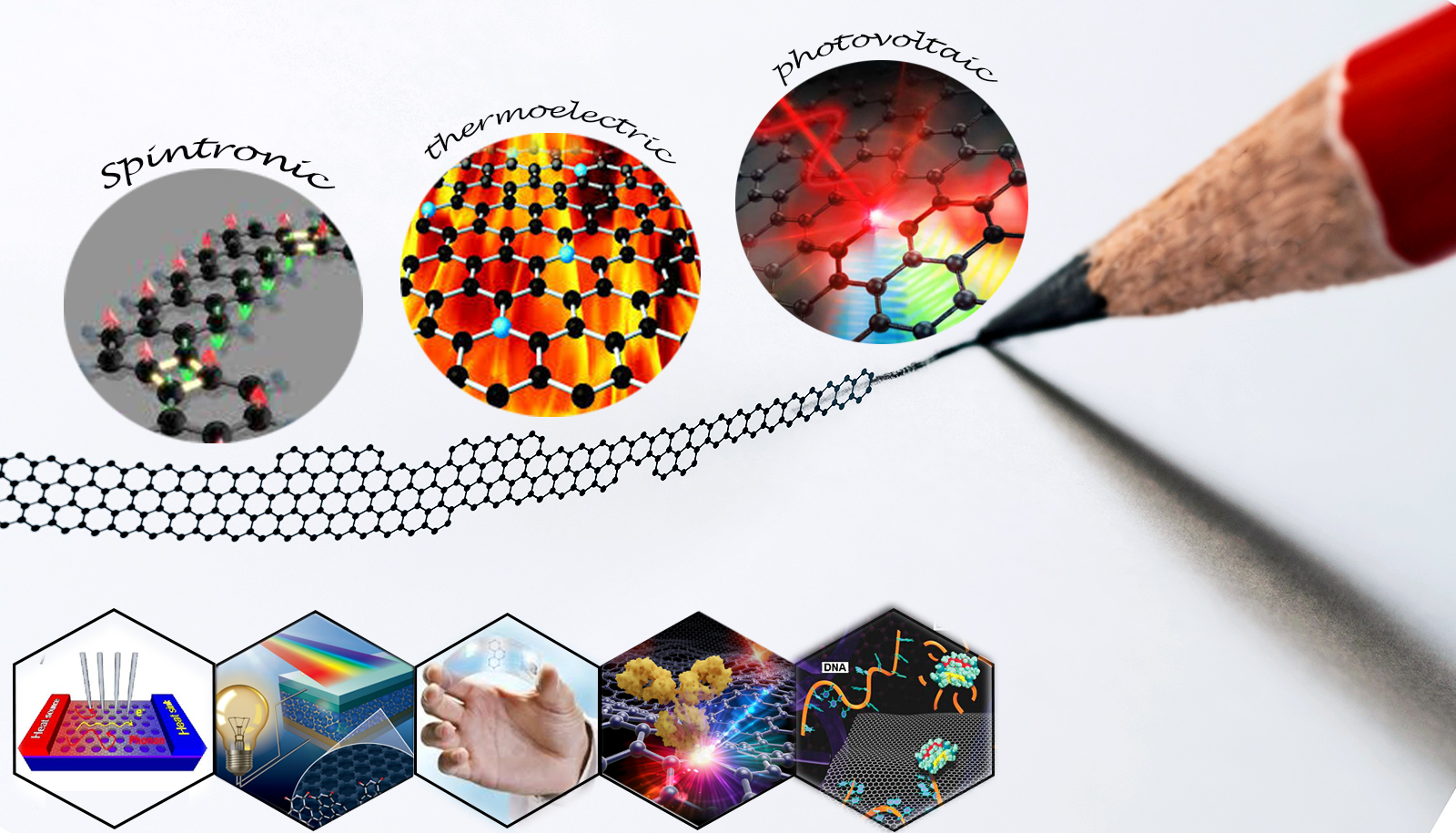| نویسندگان | سمیه استکی,روح اله فرقدان |
|---|---|
| نشریه | Chemical Physics Letters |
| شماره صفحات | 1 |
| شماره مجلد | 869 |
| ضریب تاثیر (IF) | ثبت نشده |
| نوع مقاله | Full Paper |
| تاریخ انتشار | 2025-03-25 |
| رتبه نشریه | علمی - پژوهشی |
| نوع نشریه | الکترونیکی |
| کشور محل چاپ | ایران |
| نمایه نشریه | JCR ,SCOPUS |
چکیده مقاله
This paper presents a comprehensive investigation into the effects of spin transport, thermal conductivity, and the Seebeck coefficient in the ferromagnetic phase of asymmetrically hydrogenated zigzag silicon carbide nanoribbons (2H-ZSiCNR-1H) with vacancy defects. Using density functional theory combined with the Landauer–Büttiker formalism, we explore how vacancy defects – ranging from the edge to the center of the nanoribbon – affect the spin-semiconducting and thermoelectric behaviors. While the spin-conserved gap and band structure for spin-up and spin-down electrons and holes exhibit significant differences, this asymmetry in the band structures and, ultimately, the transmission coefficient facilitates the generation of distinct thermal currents and spin-Seebeck coefficients (SSC) in these asymmetrically hydrogenated nanostructures. Furthermore, the presence and spatial arrangement of vacancy defects within the nanoribbon significantly impact the band structure, resulting in variations in spin current values, threshold temperatures, and SSC. In certain configurations, these defects can even induce negative differential thermoelectric resistance. Notably, the maximum SSC for defected structures reaches 1.6 mV/K for spin-up electrons, underscoring the potential of defect engineering in optimizing the thermoelectric and spintronic properties of 2H-ZSiCNR-1H nanoribbons for advanced applications.

